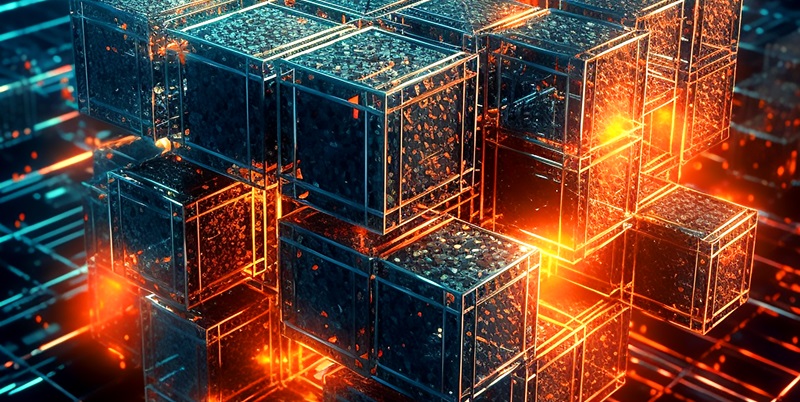With the rapid advancements in technology, the merger of artificial intelligence (AI) and blockchain has opened up exciting possibilities for the digital ledger narrative. This article explores the potential impact of combining these two technologies and how they could shape the future of development communities.
The Paradigm Shift to AI-Generated Chaincodes
The integration of AI technology in developing chaincodes marks a significant paradigm shift in today’s development community. AI-generated chaincodes have the potential to revolutionize various industries by enhancing efficiency, transparency, and security. By automating the execution of complex transactions and smart contracts, AI-powered chaincodes offer unparalleled convenience and accuracy.
The Blend of Methodologies and Design Approach
Creating AI-generated chaincodes requires a blend of strategic methodologies and an innovative design approach. Designing an effective integration framework necessitates a deep understanding of both AI and blockchain technologies. By combining these methodologies, developers can seamlessly synchronize AI algorithms with blockchain networks, thereby creating powerful and future-proof applications.
The Perfect Fit: Spiral and Iterative SDLC Models
The dynamic nature of AI and blockchain technology align perfectly with the Spiral and Iterative Software Development Lifecycle (SDLC) models. These models emphasize continuous improvement and iterative development, making them ideal for the evolving needs of AI-generated chaincodes. The Spiral model facilitates risk mitigation and accommodates changing requirements, while the Iterative model allows for rapid prototyping and incorporation of feedback.
The importance of prototyping and testing cannot be overstated
Prototyping and testing play crucial roles in ensuring the success and effectiveness of AI-generated chaincodes. Through these processes, developers can refine the design, functionality, and performance of the chaincodes. By closely scrutinizing the prototype, developers can identify any potential flaws early on, enabling timely adjustments and iterations.
Security assessment through thorough testing
When integrating AI into chaincode development, thorough testing on testnets or local blockchains becomes paramount. This process enables security assessment and ensures that the AI algorithms do not compromise the integrity of the blockchain network. Rigorous testing allows developers to identify vulnerabilities and implement robust security measures, safeguarding data and transactions.
The Stages of Integrating AI in Chaincode Development
The process of integrating AI technology in chaincode development encompasses several stages. These stages include data gathering and preprocessing, AI algorithm selection and training, integration with blockchain networks, and testing. Each stage requires careful consideration and meticulous planning to ensure a seamless integration that maximizes the potential of AI-generated chaincodes.
Challenges in integrating AI into blockchain development
Integrating AI into blockchain development presents its unique set of challenges. These challenges include data quality and availability, algorithm selection, interoperability, and scalability. Overcoming these challenges requires collaboration between AI and blockchain experts, as well as the development of innovative solutions and strategies.
Streamlining development processes and reducing errors
By implementing AI technology, the development process can be streamlined, resulting in increased efficiency and reduced errors. AI’s ability to automate repetitive tasks and assist in decision-making can significantly accelerate development cycles. This technological synergy not only saves time and resources, but also enhances the overall quality of the chaincodes.
Future Directions: Sustainable AI-Generated Chaincodes
Looking ahead, the future of AI-generated chaincodes may emphasize sustainability. Developers could focus on optimizing transaction processing and general network operations to minimize the energy consumption associated with blockchain technology. This approach would contribute to a greener and more environmentally conscious digital ecosystem.
The merger of AI and blockchain technologies represents a new chapter in the digital ledger narrative. This integration has the potential to enhance various industries, streamline development processes, and pave the way for sustainable practices. As we move forward, it is imperative for developers, researchers, and organizations to explore and leverage the power of AI to unlock the full potential of blockchain technology. By collaborating and embracing this transformative partnership, we can create a future where AI-generated chaincodes redefine the way we transact, secure data, and build trust in the digital age.

